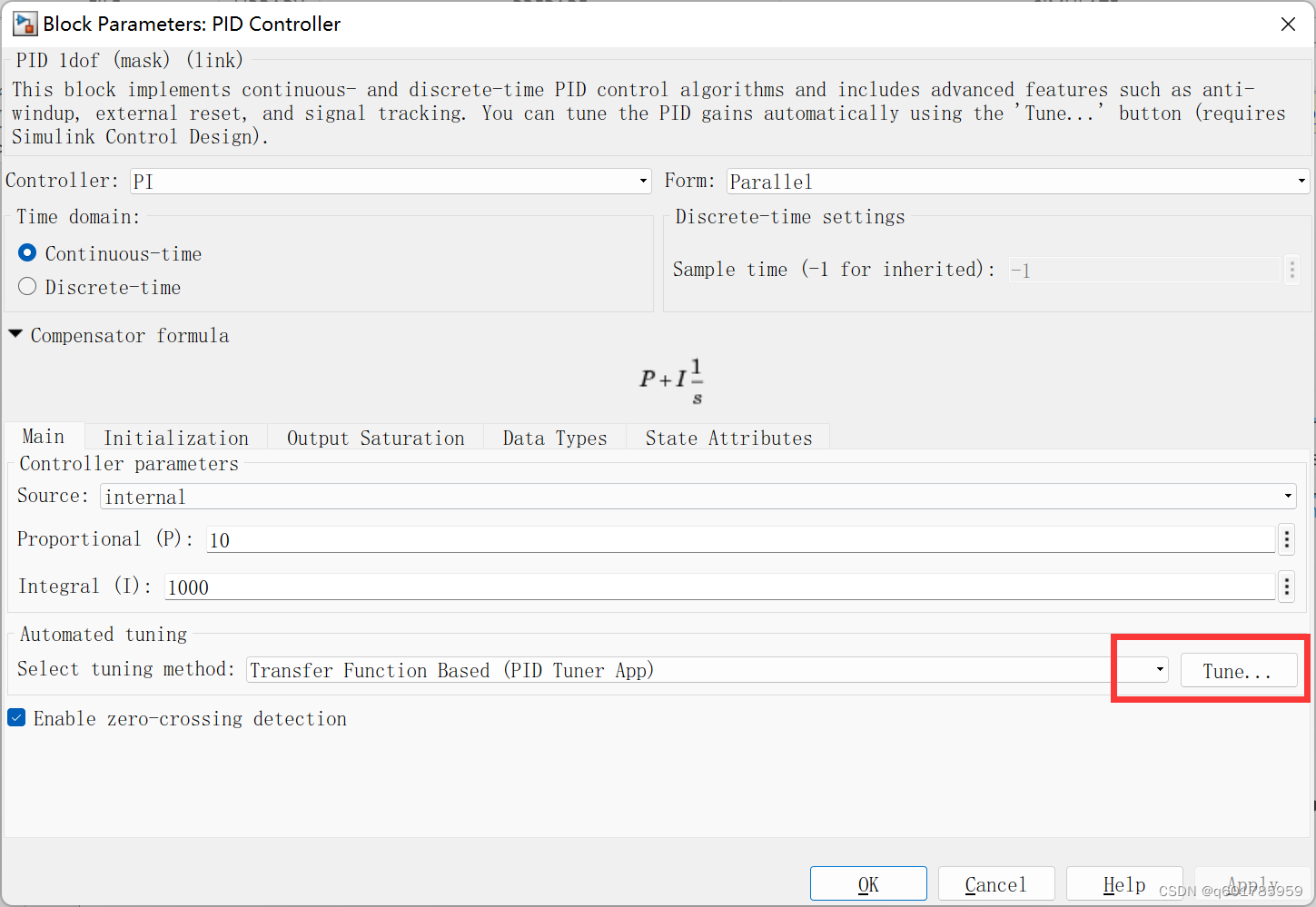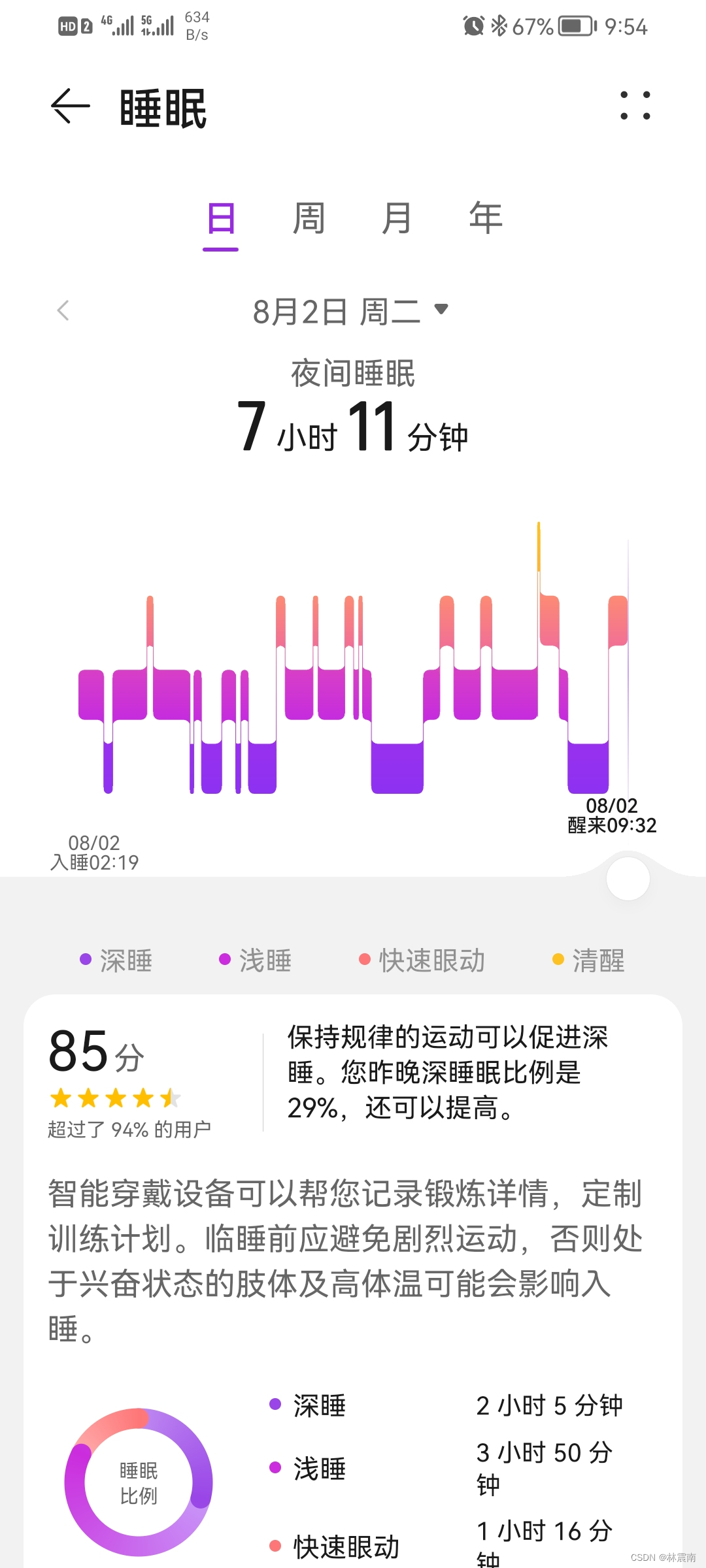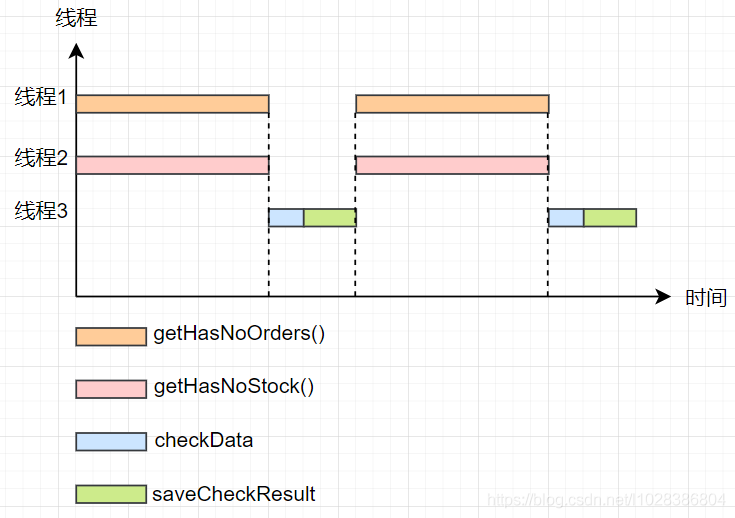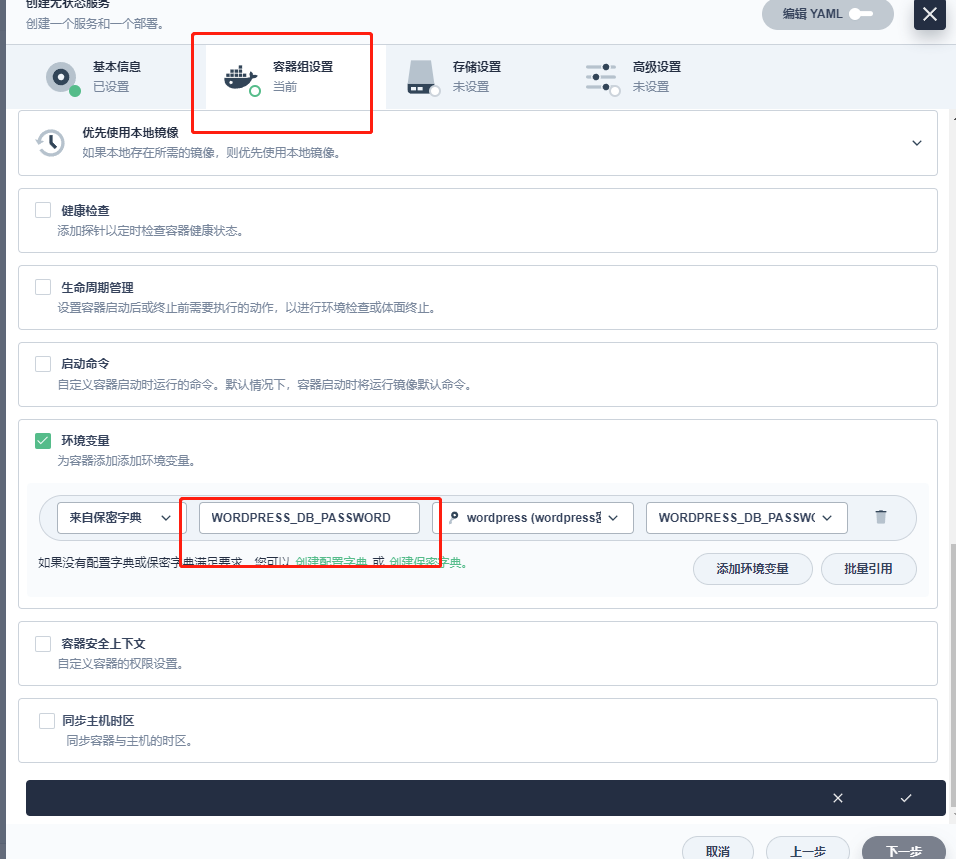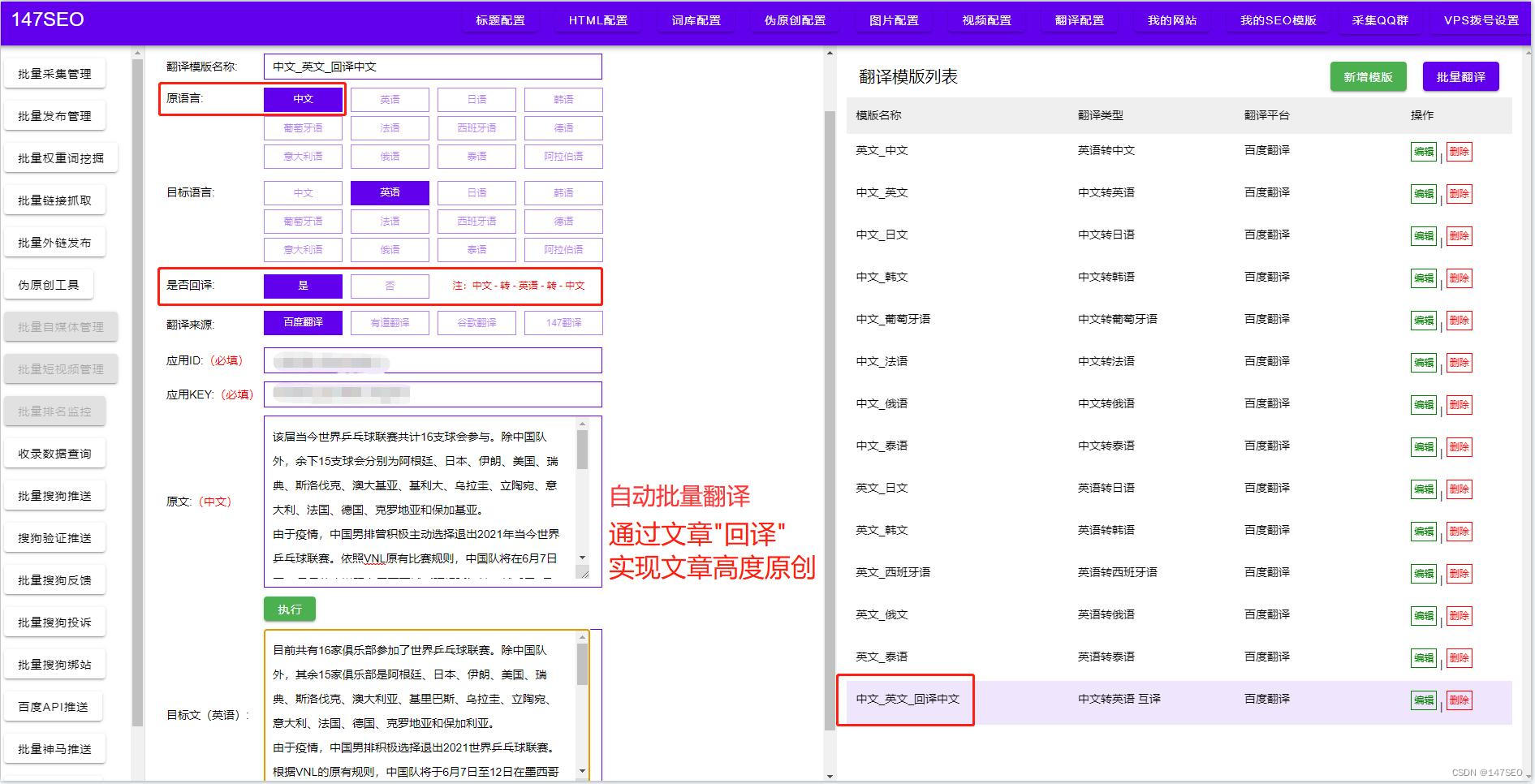当前位置:网站首页>Chapter 11 Documents
Chapter 11 Documents
2022-08-02 12:01:00 【MallocLu】
管道
在bash等shell中,可依次输入多个命令,并使用管道将它们链接起来,如下所示:
$ cat somefile.txt | python somescript.py | sort
这条管道线包含三个命令:
cat somefile.txt:将文件somefile.txt的内容写入到标准输出( sys.stdout).
python somescript.py:执行P ython脚本somescript.This script reads from its standard input(sys.stdin)读取,并将结果写入到标准输出.
sort:Read all text from standard input,将各行按字母顺序排序,并将结果写入到标准输出.
Python
打开关闭
# 方式1(推荐)
with open(file_name, mode) as f:
...
# 方式2(不推荐)
f = open(file_name, mode)
...
f.close()
| mode值 | mode描述 |
|---|---|
| r | 读取模式(默认值) |
| w | 写入模式(Existing content will be deleted) |
| x | 独占写入模式,Raised when the file already existsFileExistsError异常 |
| a | 附加模式 |
| + | 读写模式(与其他模式结合使用,r+和w+Both are readable and writable,但r+The file will not be truncated,而w+will truncate the file) |
| b | 二进制模式(与其他模式结合使用) |
| t | 文本模式(默认值,与其他模式结合使用) |
读取
# 读取
# read readline readlines fileinput.input
n = 3
# 一次性读取全部字符(包括\n)
with open('textTest.txt') as f:
print(f.read())
print('--------------------\n')
# 123456
# abcdefg
# @#$%^&*(
# ssssssss
# --------------------
# 读取n个字符,若nIf it is greater than the total length, all characters are taken(包括\n)
with open('textTest.txt') as f:
print(f.read(n))
print('--------------------\n')
# 123
# --------------------
# 读取一行字符(包括\n)
with open('textTest.txt') as f:
print(f.readline())
print('--------------------\n')
# 123456
#
# --------------------
# Read the front of a line of charactersn个字符(包括\n)
with open('textTest.txt') as f:
print(f.read(3))
print(f.read(3))
print('--------------------\n')
# 123
# 456
# --------------------
# 读取全部行,返回字符串(包括\n)列表
with open('textTest.txt') as f:
print(f.readlines())
print('--------------------\n')
# ['123456\n', 'abcdefg\n', '@#$%^&*(\n', 'ssssssss']
# --------------------
# 迭代读取
# for + read Not recommended for large files
with open('textTest.txt') as f:
for char in f.read():
print(char)
print('--------------------\n')
# 所有字符(包括\n)按列打印
# while + read
with open('textTest.txt') as f:
char = f.read(1)
while char:
print(char)
char = f.read(1)
print('--------------------\n')
# 所有字符(包括\n)按列打印
# while + read
with open('textTest.txt') as f:
while True:
char = f.read(1)
if not char:
break
print(char)
print('--------------------\n')
# 所有字符(包括\n)按列打印
# while + readline
with open('textTest.txt') as f:
while True:
line = f.readline()
if not line:
break
print(line)
print('--------------------\n')
# Text file contents are printed normally
# for + readlines,Not recommended for large files
with open('textTest.txt') as f:
for line in f.readlines():
print(line)
print('--------------------\n')
# Text file contents are printed normally
# for + fileinput模块,A way to delay row iteration(Read only the part of the line of text that is actually needed)
# Only suitable for large files and compatibleformethod of collocation(Other methods suitable for large files are the samewhile搭配)
import fileinput
for line in fileinput.input('textTest.txt'):
print(line)
print('--------------------\n')
# Text file contents are printed normally
# 读取标准输入
import sys
for line in sys.stdin:
print(f"输入了:{
line}")
# > python .\main.py
# > abc
# 输入了:abc
#
# > 454454
# 输入了:454454
# 【按下Ctrl + C,退出】
写入
# 写入
# write writelines
# write写入,返回写入的字符数,The parameter is a single string(通过添加\n可以写入多行)
with open('textTest.txt', 'w') as f:
print(f.write('77777\n88888'))
# writelines写入,无返回值,The argument is a list of strings(The written content is a string formed by concatenating a list of strings,换行需要手动添加\n)
with open('textTest.txt', 'w') as f:
f.writelines(['77777\n', '88888'])
其他
# seek(offset[, whence])将当前位置移到offset和whence指定的地方,offset为字节数,whence可取:
# io.SEEK_SET(0)默认,文件开头
# io.SEEK_CUR(1)文件当前位置
# io.SEEK_END(2)文件结尾
# tell()返回文件当前位置
>>>f = open('somefile.txt', 'w')
>>>f.write('01234567890123456789')
20
>>>f.seek(5)
5
>>>f.write('Hello, World!')
13
>>>f.close()
>>>f = open('somefile.txt')
>>>f.read()
'01234Hello, World!89'
>>>f.close()
>>>f = open('somefile.txt')
>>>f.read(3)
'012'
>>>f.read(2)
'34'
>>>f.tell()
5
>>>f.close()
pickle
Write and read various objects according to the original type,必须使用2进制读写(rb和wb),文件后缀任意(推荐.pkl)
import pickle
data = list(range(100))
# 将list类型的data写入文件
with open('pickleTest.pkl', 'wb') as f:
pickle.dump(data, f)
# 从文件中读取list类型的data
with open('pickleTest.pkl', 'rb') as f:
print(pickle.load(f))
shelve
A simple storage scheme for storing data into files,It can be manipulated like a normal dictionary(但是键必须是字符串)
open函数参数writeback=False时(默认),Put the modified key-value pair into memory,closewhen writing it back to a disk file.(操作慢,Open and close quickly)
open函数参数writeback=True时,Put all key-value pairs into memory,closewhen writing it all back to the disk file.(操作快,Slow to open and close)
基本操作
import shelve
# 打开,对应3个文件,database.bak、database.dat、database.dir
f = shelve.open('database')
# 增/改
f['ttt'] = '11111'
# 查
print(f['ttt'])
# 删
del f['ttt']
try:
print(f['ttt'])
except KeyError as e:
print('不存在键')
# 关闭
f.close()
# 注意,The query returns a copy,对s['x']的appendThe operation is not an in-place operation(And the operation does not return any value),不能改变s['x']的值;
# >>>s['x']
# ['a', 'b', 'c']
# >>>s['x'].append('d')
# >>>s['x']
# ['a', 'b', 'c']
# >>>
# >>>temp = s['x']
# >>>temp.append('d')
# >>>s['x'] = temp
# >>>s['x']
# ['a', 'b', 'c', 'd']
实现一个数据库
# database.py
import shelve
def store_person(db):
""" 添加人员信息(输入ID,姓名,年龄,电话号) :param db: shelve文件对象 :return: """
pid = input('Enter unique ID number: ')
person = {
'name': input('Enter name: '), 'age': input('Enter age: '), 'phone': input('Enter phone number: ')}
db[pid] = person
def lookup_person(db):
""" Query and print personnel information,输入ID + 姓名/年龄/电话号 :param db: shelve文件对象 :return: """
pid = input('Enter ID number: ')
field = input('What would you like to know? (name, age, phone) ')
field = field.strip().lower()
# capitalize()首字母大写,其他字母小写
print(field.capitalize() + ':', db[pid][field])
def print_help():
""" 打印帮助信息 :return: """
print('The available commands are:')
print('store : Stores information about a person')
print('lookup : Looks up a person from ID number')
print('quit : Save changes and exit')
print('? : Prints this message')
def enter_command():
""" 获取用户输入命令 :return: User input command strips leading and trailing spaces and converts to lowercase """
cmd = input('Enter command (? for help): ')
cmd = cmd.strip().lower()
return cmd
if __name__ == '__main__':
database = shelve.open('database')
try:
while True:
cmd = enter_command()
if cmd == 'store':
store_person(database)
elif cmd == 'lookup':
lookup_person(database)
elif cmd == '?':
print_help()
elif cmd == 'quit':
exit()
finally:
database.close()
cmd = enter_command()
if cmd == 'store':
store_person(database)
elif cmd == 'lookup':
lookup_person(database)
elif cmd == '?':
print_help()
elif cmd == 'quit':
exit()
finally:
database.close()
边栏推荐
- Thymeleaf
- 力扣977-有序数组的平方——暴力法&双指针法
- 力扣209-长度最小的字符串——滑动窗口法
- npm install报错npm ERR Could not resolve dependency npm ERR peer
- npm run dev 和 npm run serve区别
- Coroutines and Lifecycle in Kotlin
- 喜迎八一 《社会企业开展应聘文职人员培训规范》团体标准出版发行会暨橄榄枝大课堂上线发布会在北京举行
- Chapter 14 Manually create a REST service (2)
- JSP中include指令的功能简介说明
- 学习经验分享之七:YOLOv5代码中文注释
猜你喜欢
随机推荐
阿苹的思考
npm WARN deprecated [email protected] This version of tar is no longer supported, and will not receive
ABAP-OOAVL template program
细学常用类,集合类,IO流
【kali-信息收集】(1.9)Metasploit+搜索引擎工具Shodan
网站自动翻译-网站批量自动翻译-网站免费翻译导出
【云驻共创】数据工坊平台,0代码开发数据处理业务“快”人一步
解决anaconda下载pytorch速度极慢的方法
看我如何用多线程,帮助运营小姐姐解决数据校对系统变慢!
WebUI自动化测试框架搭建从0到1(完整源码)更新完毕
打破千篇一律,DIY属于自己独一无二的商城
服务器间传输文件
After Effects 教程,如何在 After Effects 中对蒙版进行动画绘制?
放苹果(暑假每日一题 13)
Likou 704 - binary search
看我如何用多线程,帮助运营小姐姐解决数据校对系统变慢!
JSP中include指令的功能简介说明
【Acunetix-忘记密码】
Thymeleaf
元宇宙“吹鼓手”Unity:疯狂扩局,悬念犹存
